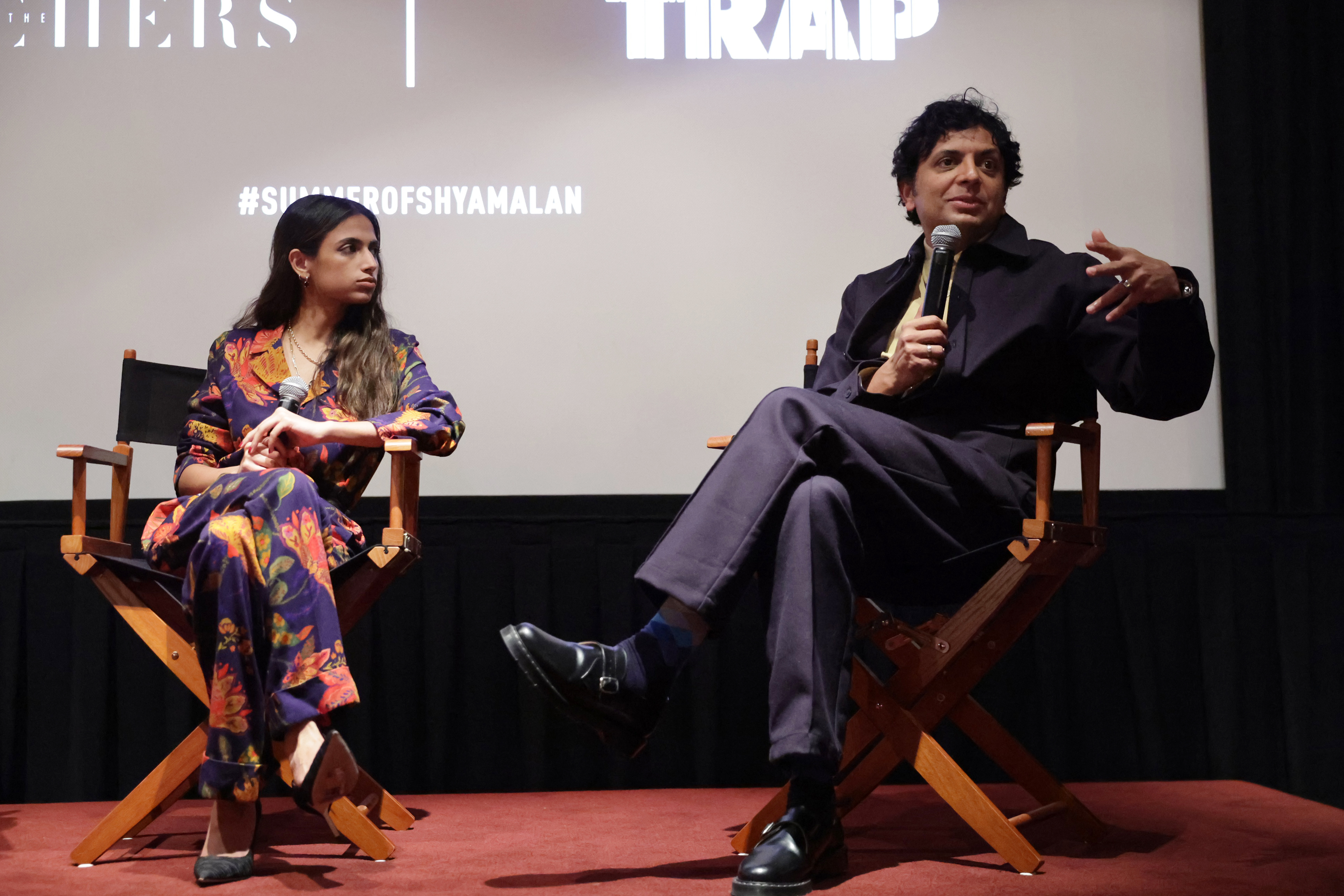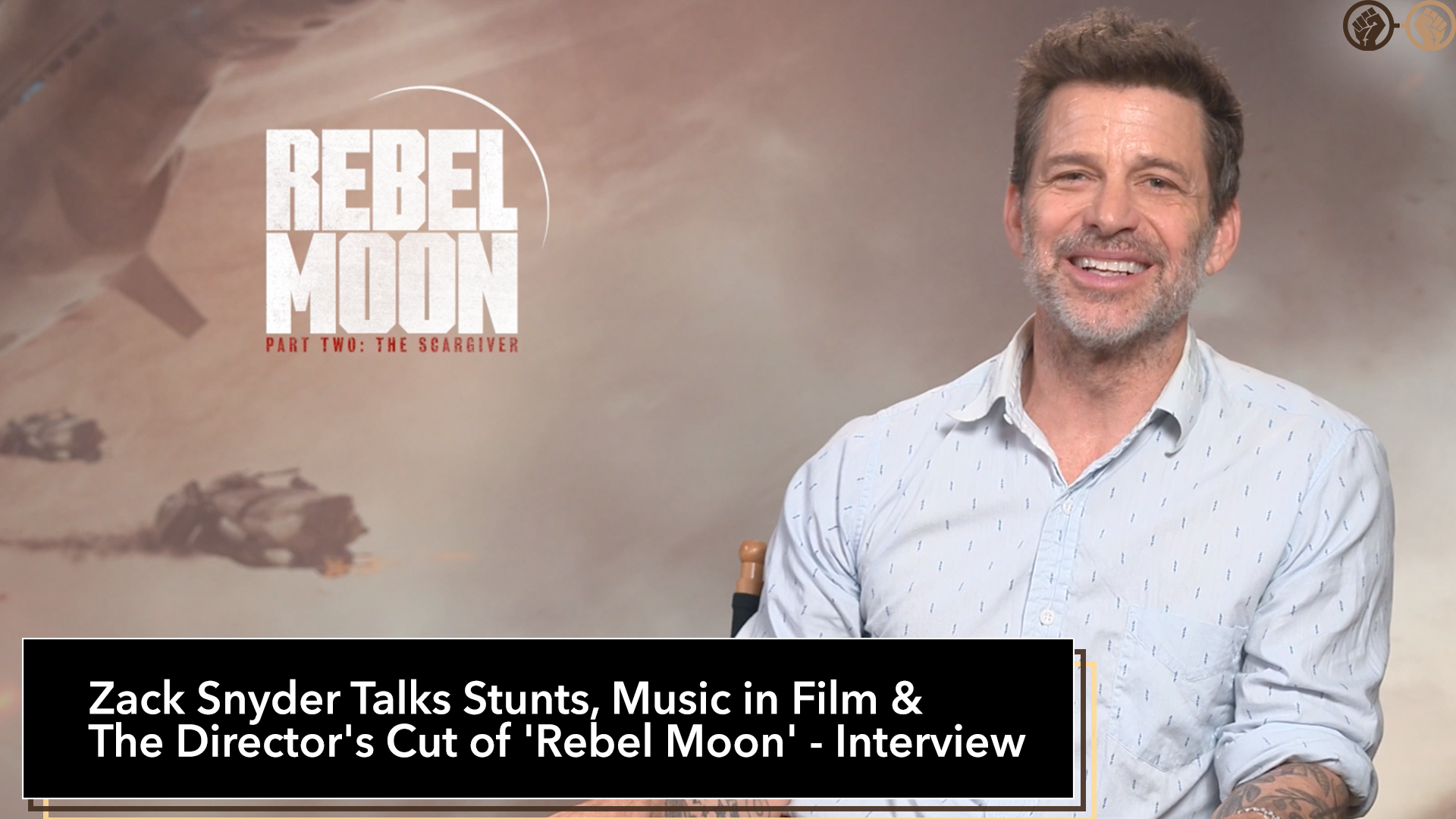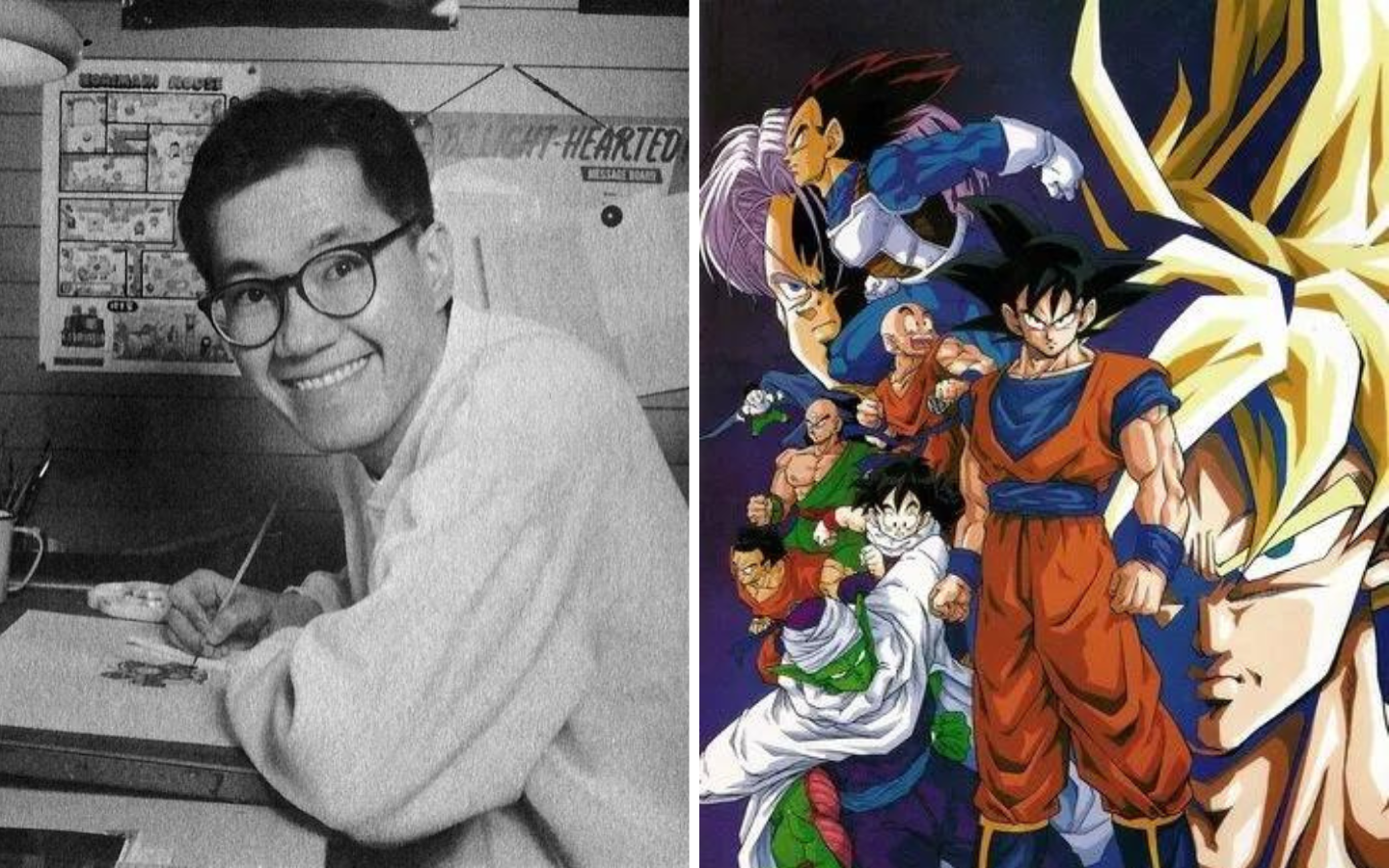The Banner Saga immediately drew my attention with its stunning hand-drawn animations, then quickly captivated me with its surprisingly engaging mechanics. Although I’m no rookie to the top-down, grid-based, tactical genre, Banner Saga spoke to me in an entirely unique way, combing a Fire Emblem-like combat system with the traveling mechanics of Oregon Trail.
Following the death of the gods, The Banner Saga tracks multiple storylines, as our heroes trek across a now cursed land. Stoic Studio lovingly crafted a dazzling Norse-inspired journey, with an art style and gameplay that will have players engrossed throughout the game’s 10-hour playtime.

The turn-based combat system and charming cast of characters have consistently kept me engaged when playing games like Fire Emblem. Yet, I always knew there was something missing, although I couldn’t put a finger on exactly what it was. The Banner Saga has managed to find that missing ingredient. Even outside of combat I feel as if each decision made in the game carries true weight for the outcome of the story. With even little interactions coming back to haunt you. In the Banner Saga, your caravan is constantly on the move attempting to escape the Dredge, armor-clad fiends who have plagued the land in the absence of the gods. This is where the game shines, in the various decisions made between battles as the caravan pushes towards potential salvation.
Aside from being a tactician, it’s the player’s role to serve as the leader for the rapidly expanding caravan. As the nomads advance across the map, players will confront several choices that could either make or break your party. One of the first dilemmas I faced during my quest was a young group of hunters – now homeless after the Dredge ravaged their village. Upon letting them join my caravan, one of the hunters grew to be a bit problematic, leaning into booze to cope with the loss of his family. Eventually leading to a fire which threatened to send the entire caravan up in a blaze. All due to some questionable choices I made which seemed to be minor. These diplomatic decisions, concerning how to deal with controversial party members served as a rewarding sense of agency in crafting my own story.

As the size of the community in tow continues to grow, so does the difficulty in management. With each passing day, it’s important to keep an eye on the ever-dwindling resource system. Thankfully, while this is a critical aspect of Banner Saga‘s mechanics, the system remains simple. I only found myself tracking two resources: renown and supplies. The latter used to maintain the size of your caravan, is easy to lose track of as it’s handled in the background. But once supplies deplete this could have a devastating effect on the party, as warriors and clansmen quickly break off from the caravan. The other resource was renown, a versatile currency that is used for anything from buying stat-boosting rings in the market, to enhancing a warrior’s combat ability.
The combat in Banner Saga is brutal. The slightest mistake can easily cause the permanent loss of even the bulkiest fighter. Battles will start with selecting up to six party members to lead the assault in honor of your banner. Since speed isn’t an attribute in Banner Saga, while on this screen players also determine their own initiative order. Once on the battlefield, tacticians will be able to choose the positioning of their units from an ample-sized zoned off part of the map. Rather than moving all units at once like Fire Emblem, in Banner Saga, the turn order alternates following each action. Making it so that even if who is next in the initiative order is slain, the enemy will always have another turn. This alternating turn-based system continues right up until only one enemy remains, at which point the game enters pillage mode. When in pillage mode the enemy enters a frantic frenzy, allowing the player to move all their units before the enemy has another opportunity to strike.

My greatest challenge in commanding the battlefield was becoming accustomed to the armor and strength system. When trying to take down a foe there are two crucial stats to keep track of. Armor, which could easily be guessed as a unit’s main force of defense, limiting the amount of life-threatening damage. While strength is an unusual mixture of both the health and attacking power of a unit. Early in the game when facing a unit with full strength and armor, being able to deal more than 1-2 points of damage directly to their strength was a rare occurrence. However, if time is taken to whittle down the defenses, that 1-2-point blow can easily multiply to a devastating 12-point instant-kill. Conversely, as a unit loses more of their strength, attacks start to deal less damage. At times to such a minuscule amount where allowing an enemy to live could prove to be a tactical advantage.
The Banner Saga forces players to face difficult choices both in and out of battle. Even managing to make the traveling interactions feel conducive to the game, and not like a tact on mini-game. While the strategy served as a challenging tactical experience, which satisfyingly rewarded both well-planned and reckless tactics appropriately. With the first part of the 3-part epic down, I’m eagerly awaiting to catch up to the story when Banner Saga 2 makes its way to the Nintendo Switch.






Leave a Reply